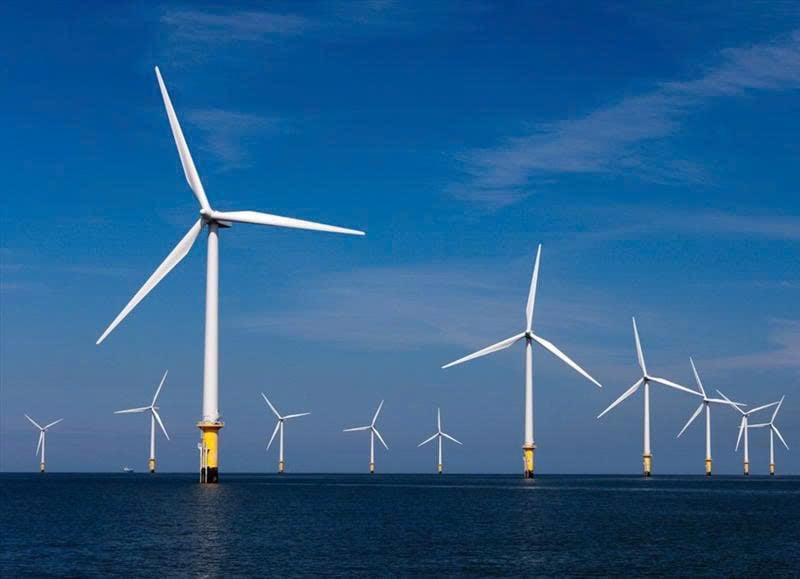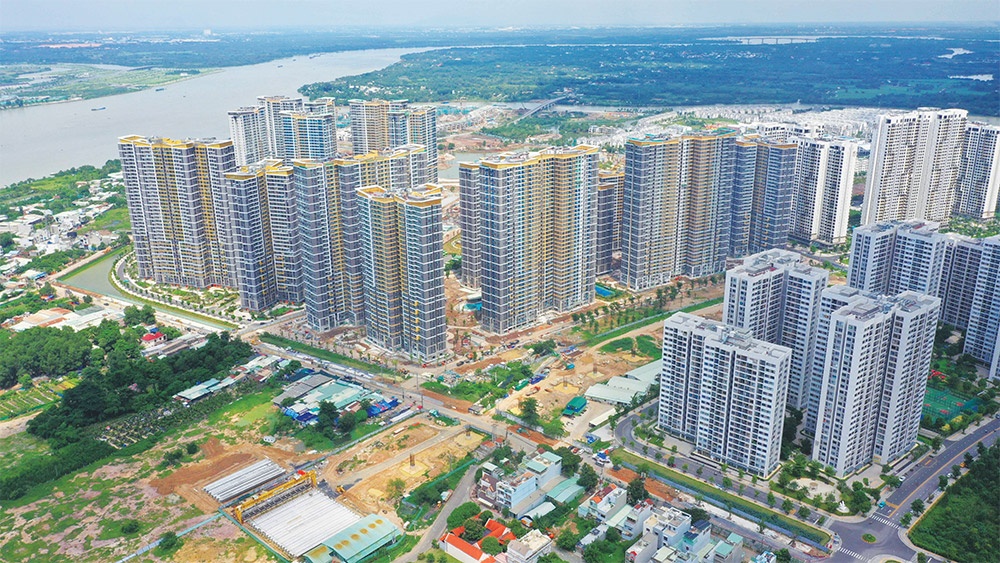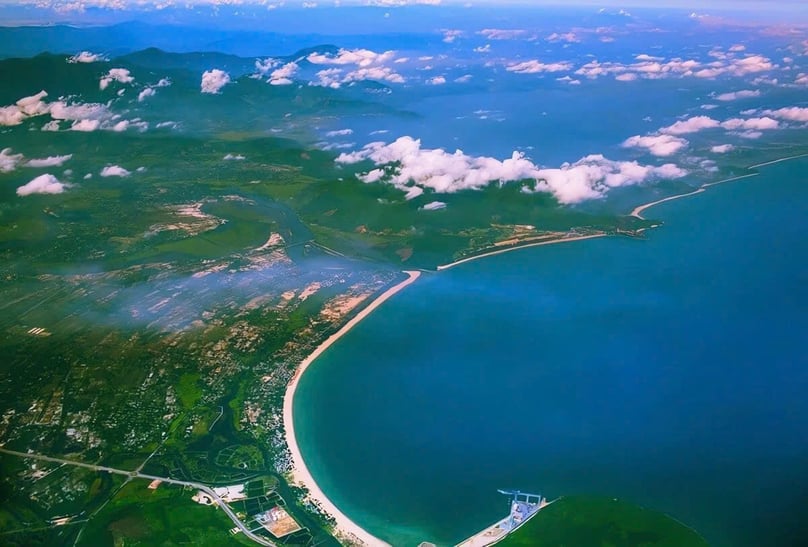In the first 9 months, the added value of the entire industrial sector is estimated to increase by 8.34% over the same period in 2023, contributing 2.71 percentage points to the growth rate of the total added value of the entire economy, effectively promoting its role as a growth driver.
According to experts, the positive results of industrial production partly come from the export market on the rise, manufacturers receiving many new orders for the last months of the year. The processing and manufacturing industry has recovered strongly thanks to increased international demand after the global supply chain improved, helping the industry regain its important role as a driving force for economic growth in the first 9 months of 2024.
Broad-based growth
After storm No.3 (storm Yagi) made landfall, many industries such as mining or electricity production and distribution suffered heavy damage, but the production activities of processing and manufacturing enterprises were not much affected thanks to the strong direction of local authorities in ensuring quick resolution of power outages and early restoration of power supply to enterprises. In addition, businesses have also proactively taken measures to prevent storms, overcome post-storm damage, and reorganise production, work overtime to compensate for damaged finished products caused by storms, overcome production downtime, and ensure delivery progress according to signed contracts.
Many other positive factors have also created momentum for the growth of the processing and manufacturing industry, such as garment and footwear enterprises taking advantage of foreign markets and electrical and electronic enterprises increasing production volume due to many export orders. All of these factors have helped the processing and manufacturing industry continue to have strong growth, clearly demonstrating its role as the main driving force for growth in the third quarter, offsetting the decline in the agriculture, forestry and fishery sectors.
According to the Ministry of Industry and Trade, the consumption index of the entire processing and manufacturing industry in the first 9 months increased by 12.5% compared to the same period in 2023 (the same period in 2023 increased by only 0.6%). Meanwhile, the inventory index of the entire processing and manufacturing industry as of September 30 is estimated to have increased by 5.2% compared to the same period last month and only increased by 8.5% compared to the same period last year (the same period last year increased by 19.4%).
At the same time, the average inventory ratio of the entire processing and manufacturing industry in the first 9 months of 2024 was 76.8% (the average level in the first 9 months of 2023 was 85.3%), demonstrating a positive recovery in production and consumption of products. Industrial production also increased across the board as the industrial production index (IIP) in the first 9 months increased in 60/63 localities. Some localities have IIP increases quite high at double digits thanks to the processing and manufacturing industry or the electricity production and distribution industry (IIP of Lai Chau increased by 43.3%; Tra Vinh increased by 41.9%; Phu Tho increased by 38.7%; Khanh Hoa increased by 36.4%; Bac Giang increased by 27.7%; Son La increased by 27.3%; Thanh Hoa increased by 20.4%; and so on).
Removing difficulties, stabilising and developing production
Entering the fourth quarter of 2024, the General Statistics Office assessed that Vietnam’s economy continues to face many difficulties and challenges, and is affected by risks and instabilities in the world regarding economics, politics, natural disasters, epidemics, etc. Phi Huong Nga, Director of the Department of Industrial and Construction Statistics (General Statistics Office), said that in order for the processing and manufacturing industry to continue to play an important role and be the growth engine of the economy, all levels and sectors need to synchronously implement solutions to support industrial production, remove difficulties, and stabilise and develop production.
Accordingly, due to the fact that crude oil and gas prices in the world remain high, logistics costs are increasing, and input materials are being affected, businesses are in great need of support to remove difficulties. All levels and sectors of the government need to promote the timely and effective disbursement of business support packages, create favourable and quick conditions for businesses to borrow preferential loans; simplify administrative procedures; quickly disburse public investment; create conditions to promote production activities; and solve issues relating to jobs and income of workers.
Functional units need to strengthen the prevention of smuggled goods, fight against transfer pricing, and label fraud; at the same time, promote and promote domestic consumption policies, stimulate domestic consumption according to the “Vietnamese people consume Vietnamese goods” movement.
The Ministry of Industry and Trade said that it will continue to focus on removing difficulties and obstacles and supporting businesses to restore production and business, especially those affected by storm No. 3, while putting large industrial projects with important roles into operation to increase production capacity. The Ministry will actively advise on summarising mechanisms and policies on international economic integration, especially the implementation of policies to attract FDI in the industrial sector.
From there, propose appropriate solutions to encourage and bind FDI enterprises to spread, share, and substantially support domestic enterprises to promote technology transfer, develop management skills, form supply chains of materials, raw materials and industry clusters, and improve the competitiveness of Vietnamese enterprises to gradually participate in the global production and supply chain.








